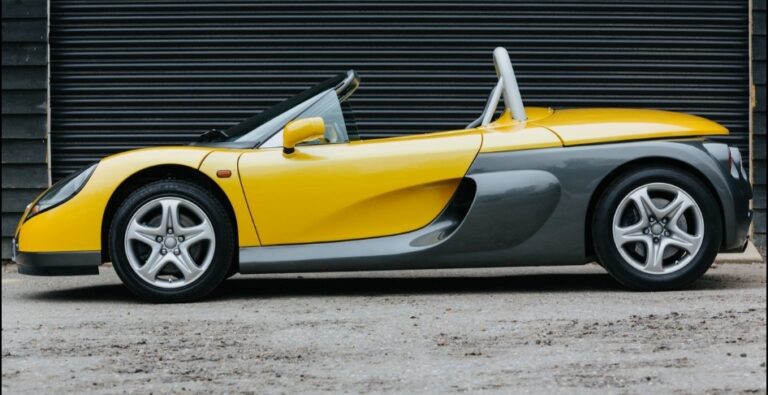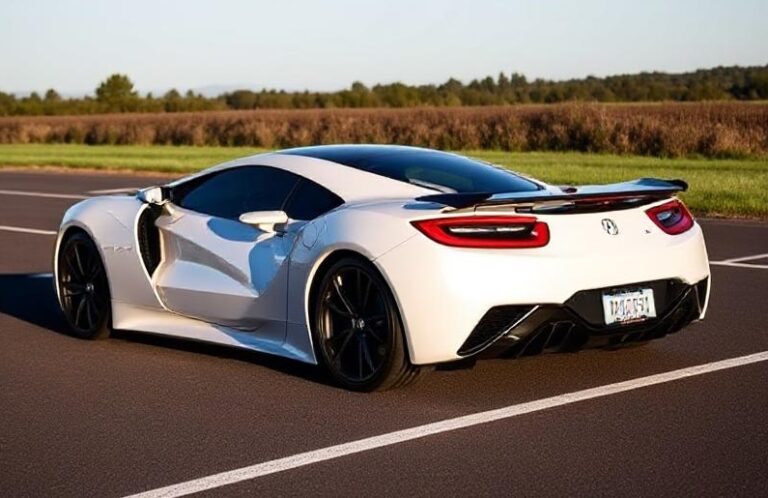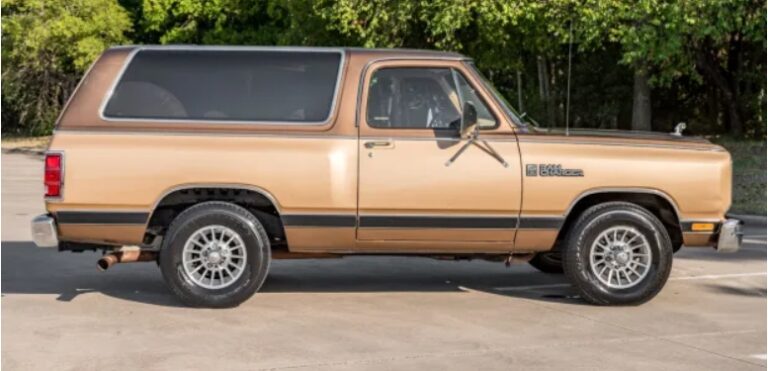The Evolution of the Holden Vectra
The Holden Vectra holds a notable place in Australian automotive history, serving as Holden’s mid-sized sedan and hatchback offering during the late 20th and early 21st centuries. Based on the Opel Vectra, the vehicle was tailored for the Australian market, reflecting Holden’s strategy of importing and locally assembling European-designed models. This article traces the development of the Holden Vectra from its inception in 1996 through its various generations, detailing the models, trim levels, and notable features that defined its evolution.
First Generation: Holden Vectra A (1996–2002)
Introduction and Background
The Holden Vectra A was introduced to Australia in 1996, marking Holden’s entry into the European mid-size segment. It was based on the Opel Vectra A, which itself was a product of GM’s global platform sharing. The Vectra A was designed to compete with vehicles like the Ford Mondeo and Toyota Camry, offering a European driving experience combined with Holden’s local manufacturing.
Production and Availability
Production for the Holden Vectra A began in 1996 at Holden’s Elizabeth plant in South Australia, utilizing imported Opel components and local assembly. The model was available until 2002, with a facelift introduced in 1999.
Models and Trim Levels
Initially, the Vectra A was offered in two main trims:
- Vauxhall Vectra (base model) — entry-level, with standard features focused on affordability.
- Vauxhall Vectra CD — higher specification, with additional comfort and convenience features.
In Australia, the model was badged as Holden Vectra, with trim levels generally aligned with Opel nomenclature but tailored to local preferences:
- Holden Vectra CD: Featured a 2.0-liter or 2.2-liter four-cylinder engine, with options for manual or automatic transmissions.
- Holden Vectra SRi: Introduced in later years, the SRi trim added sportier styling cues, upgraded interior features, and improved suspension for a more engaging drive.
Powertrain Options
- 1.8-liter four-cylinder engine (standard in base models)
- 2.0-liter four-cylinder
- 2.2-liter four-cylinder, with some models equipped with variable valve timing
- 2.6-liter V6 engine (available in some higher trims)
Features
Standard equipment varied by trim but typically included power windows, air conditioning, central locking, and alloy wheels on higher trims. The SRi models added sport seats, a sports suspension, and unique styling elements.
Second Generation: Holden Vectra B (2002–2008)
Introduction and Development
The second-generation Holden Vectra, known internally as Vectra B, was launched in Australia in 2002. This model was based on the Opel Vectra B (also known as the Vectra ‘C’ in some markets), featuring a more modern design and improved technology.
Production and Market Position
Manufactured at Holden’s Elizabeth plant, the Vectra B was part of GM’s global strategy to modernize its mid-sized offerings. It was positioned to compete with the Ford Mondeo, Mazda6, and Toyota Camry during its production run.
Models and Trim Levels
The Vectra B was offered in several trims, reflecting a focus on both comfort and sportiness:
- Holden Vectra CD: The base model, with standard features such as air conditioning, power options, and alloy wheels.
- Holden Vectra CDXi: An upgraded version with additional features like leather upholstery, cruise control, and upgraded audio systems.
- Holden Vectra SRi: The sporty trim, with sport suspension, unique styling elements, and often a more powerful engine option.
Powertrain Options
- 2.2-liter four-cylinder (Ecotec engine)
- 2.6-liter V6 (power approximately 115-132 kW, depending on specification)
- 2.8-liter V6 (more performance-oriented models)
- 2.0-liter turbocharged four-cylinder (available in some variants, offering increased power)
Transmission Options
- 5-speed manual
- 4-speed automatic (later models upgraded to 5-speed automatics)
Features and Equipment
Higher trims like the CDXi and SRi featured:
- Leather upholstery
- Upgraded audio systems
- Climate control
- Alloy wheels
- Fog lights
- Sports suspension (on SRi)
- Larger alloy wheels and unique badging
The SRi trim was distinguished by its sporty appeal, including sportier front and rear bumpers, side skirts, and a more aggressive stance.
Notable Variations and Special Editions
Throughout its production, Holden occasionally released special editions and packages, especially on the SRi trims, to boost appeal:
- Vectra SRi Turbo: Featuring a turbocharged engine, sportier suspension, and unique styling.
- Limited Editions: Sometimes offered with unique paint schemes, badges, and interior trims.
.
MANY auto lovers not only spend time in their garages to tinker on their autos, but have other projects going on in there as well. Wood working is a popular pastime for the creative type of individual. Not sure what to make next? Or thinking about getting into this kind of hobby? There’s lots of possibilities… Here’s some of them…

.
End of Production and Legacy
The Holden Vectra B was produced until 2008, when it was succeeded by the Holden Epica, a model based on a different platform but aimed at maintaining Holden’s presence in the mid-sized segment.
Post-2008 and Aftermarket
While the Vectra nameplate was discontinued in Australia, the Opel Vectra continued in other markets until 2008, and the vehicle’s platform influenced subsequent Holden models, particularly the Cruze, which shared some design philosophies.
Summary of the Holden Vectra Timeline
| Year | Model / Generation | Notable Features / Trim Levels |
|---|---|---|
| 1996–2002 | Vectra A | Base, CD, SRi trims; 1.8L, 2.0L, 2.2L, 2.6L engines; facelift in 1999 |
| 2002–2008 | Vectra B | CD, CDXi, SRi trims; 2.2L, 2.6L, 2.8L engines; sporty and luxury versions |
Conclusion
The Holden Vectra’s evolution reflects a period of transition in the Australian automotive scene, bridging European engineering with local assembly. Its models offered a blend of practicality, sporty appeal, and European styling, with various trim levels catering to different customer preferences. Although discontinued in 2008, the Vectra remains a significant chapter in Holden’s history, illustrating GM’s global platform-sharing strategy and Holden’s efforts to provide competitive mid-sized vehicles.







